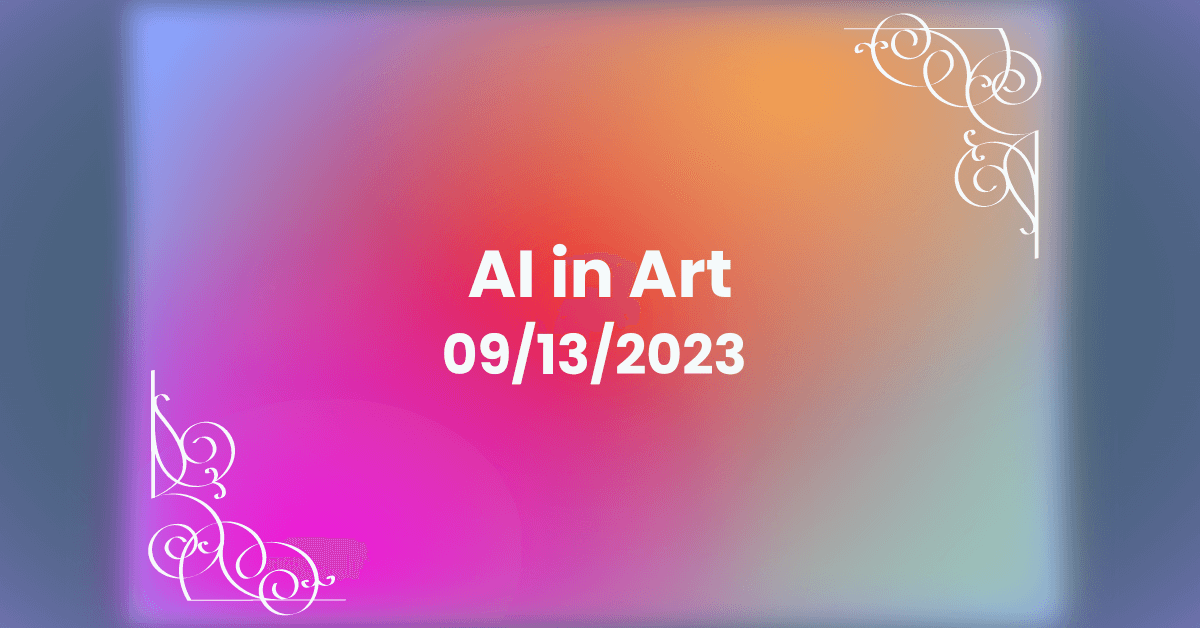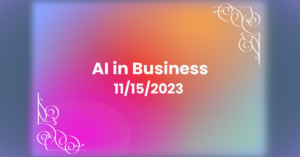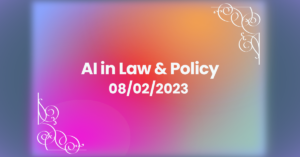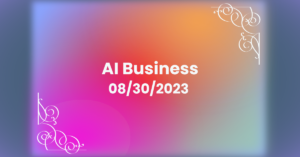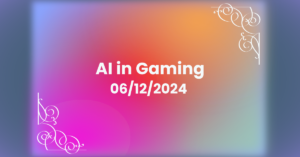AI In Art: Spotlights
Feature Story: Visual Artists Take on AI
Visual artists like Kelly McKernan are at the forefront of a legal battle against AI companies that repurpose their work, raising significant concerns about copyright infringement. They argue that AI-generated imagery competes directly with their original creations. In a lawsuit awaiting a San Francisco federal judge’s decision, artists are seeking to protect their work from AI developers’ profits, potentially setting a precedent for creators in the digital age. The case targets AI tool makers Stability AI, Midjourney, and DeviantArt, and seeks class-action damages along with a court order to prevent the exploitation of artistic works without consent. While artists recognize AI’s potential, they are determined to ensure they aren’t exploited by it.
AI Art-Tech Spotlight: Google’s SynthID
Google has unveiled SynthID, a groundbreaking digital watermarking and identification tool designed to enhance transparency in AI-generated images. SynthID embeds an invisible digital watermark directly onto an image’s pixels, making it indistinguishable to the human eye. While Google has not revealed technical specifics to prevent workarounds, they claim that the watermark cannot be easily removed through simple editing techniques. The tool evaluates images based on three digital watermark confidence levels: detected, not detected, and possibly detected. Although not infallible, Google believes SynthID will empower individuals and organizations to responsibly engage with AI-generated content. The company plans to expand its use to various AI models in the future.
AI, Art & Da Vinci: Inside a Genius Mind with Google
Google has partnered with 28 institutions worldwide to present “Inside a Genius Mind,” an online retrospective exploring the genius of Leonardo da Vinci. This project leverages machine learning to categorize Leonardo’s extensive writings and drawings into thematic sections, making them more accessible to art enthusiasts and experts alike. The retrospective showcases over 3,000 drawings, including pages from his famous codices, providing insights into the complexities and connections within Leonardo’s genius. Google has also created impressive 3-D models and animations of Leonardo’s inventions and digitized his wall paintings. “Inside a Genius Mind” aims to offer a unique and immersive experience, bridging the gap between art history neophytes and experts.
Art in the Digital Age: Refik Anadol’s Spectacular Canvas
Digital artist Refik Anadol is poised to showcase his AI-generated art on an extraordinary canvas—the world’s largest LED screen, located on the exterior of the Sphere in Las Vegas. Titled “Machine Hallucinations: Sphere,” Anadol’s creation is an artificial intelligence data sculpture that draws inspiration from public data and machine learning. The artwork explores themes of outer space, nature, and urban environments. Divided into two chapters, it offers a generative and ever-changing experience. The first chapter utilizes 1.1 million publicly available satellite and spacecraft images, while the second incorporates 300 million publicly sourced images of flora and fauna from national parks worldwide, along with environmental data. This monumental project redefines the boundaries of art and architecture, offering viewers a multi-sensory journey into alternative realities.

